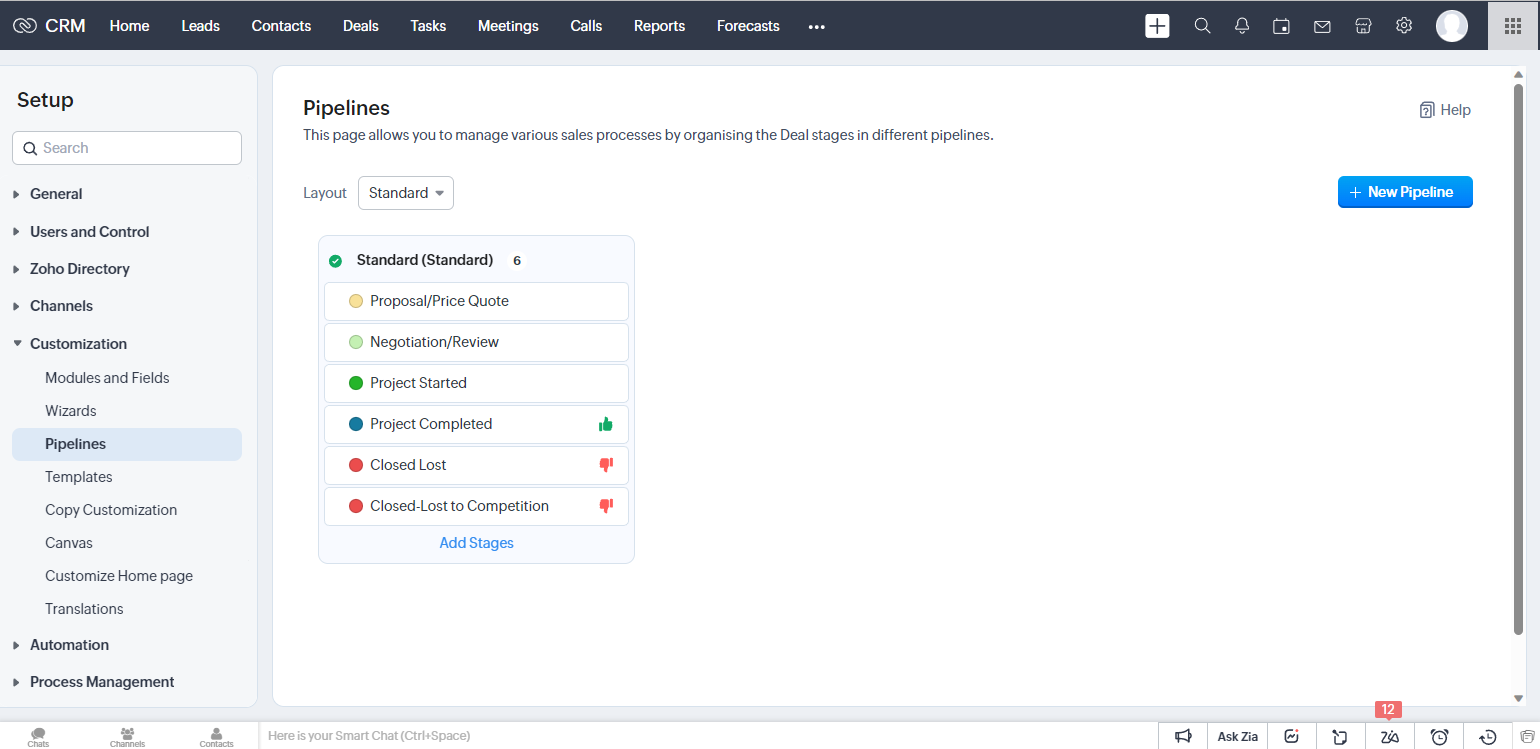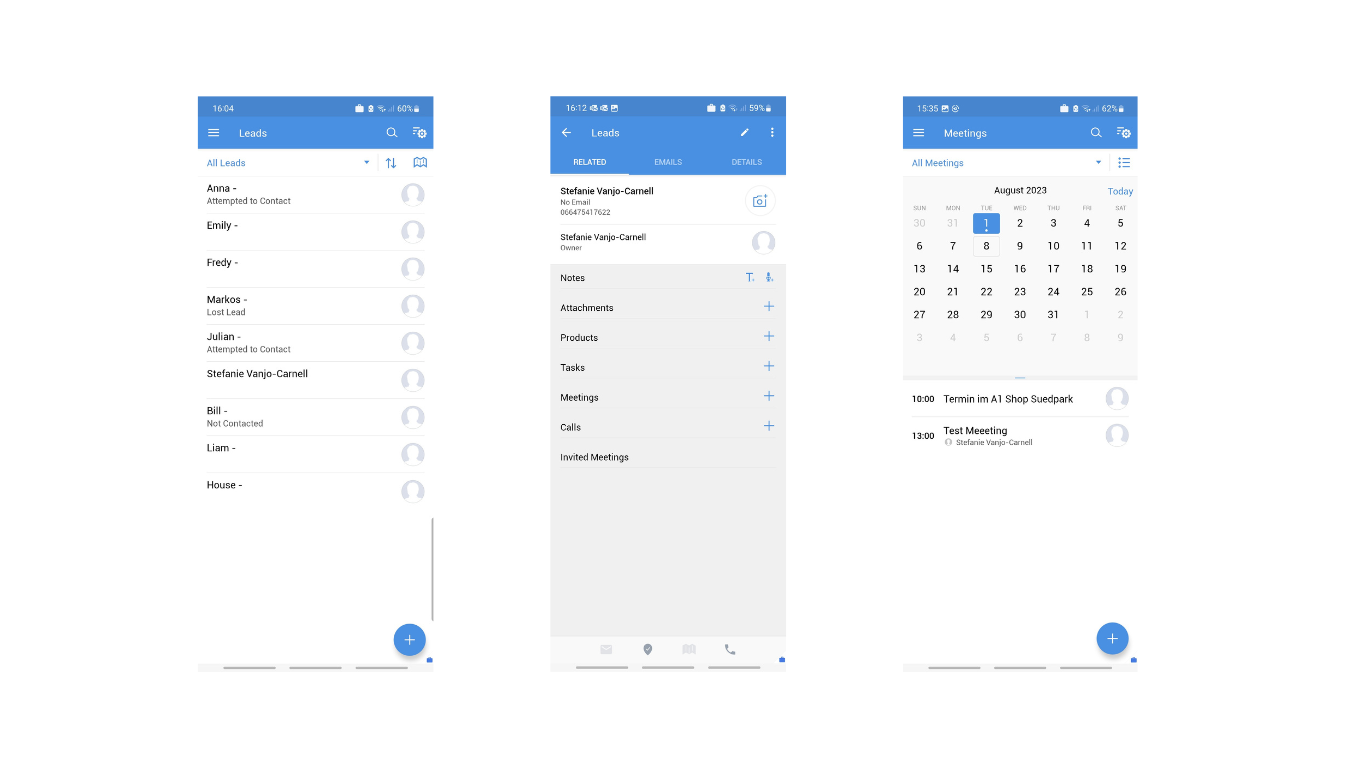How to Leverage Zoho CRM’s Sales Pipeline Management for Small Businesses
Sales pipeline management is more critical than ever for small businesses aiming to boost growth and drive sustainable revenue. With Zoho CRM’s advanced Sales Pipeline Management tools, businesses can streamline their sales processes, make smarter decisions, and build stronger customer relationships. In this updated guide, we’ll walk you through the latest strategies and features to help you get the most out of Zoho CRM in 2025.
Map and Customise Your Sales Pipeline
Begin by mapping out your unique sales process, identifying key stages such as lead generation, qualification, proposal, negotiation, and closing. Zoho CRM allows you to fully customise pipeline stages to match your workflow, ensuring every team member understands where prospects are and what actions are needed next. This clarity helps eliminate bottlenecks and keeps your sales process consistent and efficient.
Visualise and Analyse Your Pipeline
Zoho CRM’s intuitive dashboard provides a real-time, visual overview of your pipeline. You can instantly see how many deals are in each stage, spot potential bottlenecks, and prioritise high-value prospects. Enhanced analytics and AI-powered insights help you identify trends and forecast outcomes, enabling proactive decision-making and improved conversion rates.
Track and Manage Deals with Automation
As prospects move through your pipeline, Zoho CRM makes it easy to track progress and manage tasks. Assign follow-ups, set reminders, and automate routine tasks such as email sequences and data entry. Automation reduces manual work, minimises errors, and ensures no opportunity slips through the cracks. With Zoho’s workflow automation, your team can focus on building relationships and closing deals.
Leverage Advanced Sales Forecasting
Zoho CRM’s sales forecasting tools have become even more powerful, using historical data and AI to generate accurate predictions. These insights help you set realistic targets, allocate resources effectively, and anticipate potential roadblocks. By staying ahead of the curve, you can keep your pipeline healthy and maintain a competitive edge.
Track Every Customer Interaction
Maintaining strong customer relationships is key to long-term success. Zoho CRM centralises all customer interactions—emails, calls, meetings, and notes—so your team has a complete view of each prospect. This comprehensive tracking enables personalised engagement and helps nurture leads into loyal customers.
Integrate and Automate with Zoho Ecosystem
Zoho CRM seamlessly integrates with other Zoho apps like Zoho Books, Zoho Campaigns, and Zoho Desk, as well as popular third-party tools. Automate lead capture, email marketing, and data synchronisation to streamline your entire sales process. These integrations reduce manual effort, improve accuracy, and free up your team to focus on high-value activities.
Find out more about my Workflow Automation Services by clicking here.
Embrace Mobile Accessibility
Zoho CRM’s mobile app empowers your sales team to manage the pipeline from anywhere. Update records, track interactions, and follow up with prospects on the go. Mobile accessibility ensures your team stays responsive and productive, no matter where they are.
By following these steps and leveraging Zoho CRM’s latest features, small businesses can optimise their sales pipeline management, boost productivity, and drive growth. Start using Zoho CRM’s Sales Pipeline Management today to unlock your business’s full potential and achieve lasting success.



